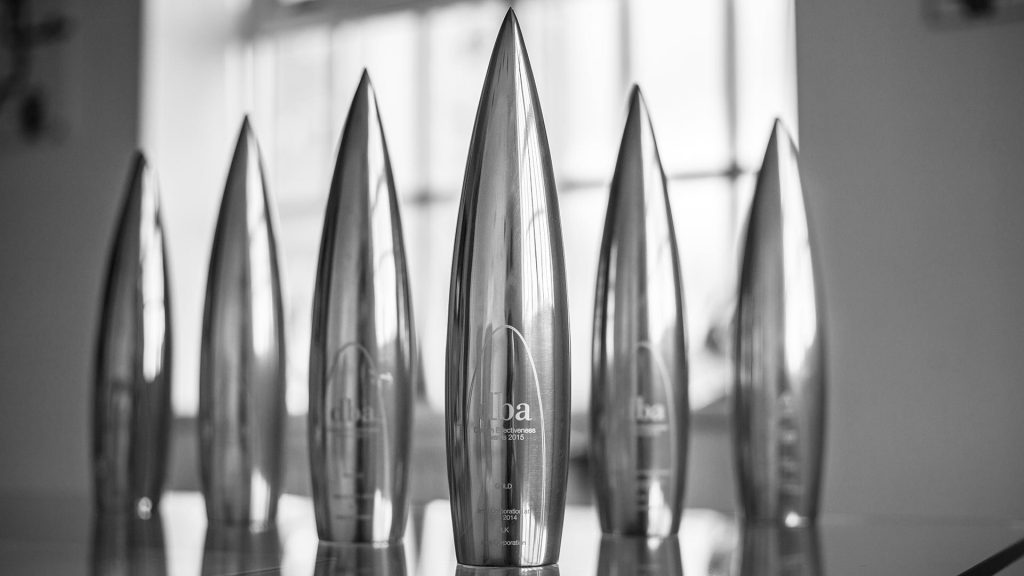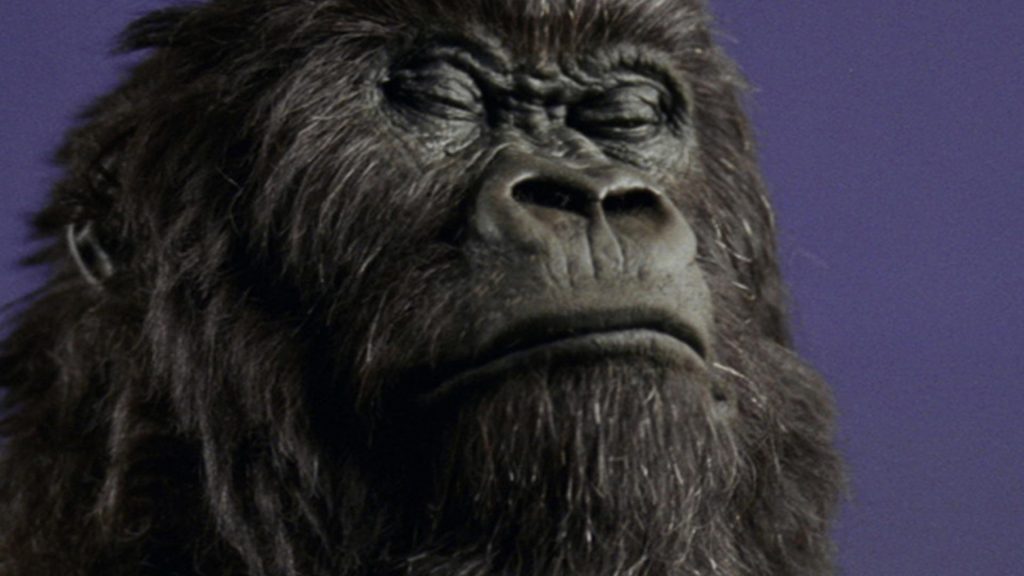Why attracting the right agency matters.
Having previously worked in advertising, I'm often struck by the difference in the value that some marketers attach to experiential creativity versus that of advertising and the way they go about appointing and engaging their agencies. Delivering large events and exhibits take an enormous amount of time and money. The stakes are often every bit as high as through the line ad campaigns.
Whilst ad agencies are largely considered expert consultants and partners to the brands they work with, experiential agencies are more often viewed as vendors, with little value to add or much to separate them other than price point.
This can partly be put down to the lack of measurement across event marketing compared to advertising. Instead of quantifiable results, experiential design choices and levels of success can be quite subjective, so it can be harder for agencies to qualify the value creation of their work. It’s why 2LK prize our six DBA Design Effectiveness Awards so highly: they prove our value to clients and the part we play in their success.

Dig beneath any successful advertising or experiential campaign and you’ll find a high-performing client/agency relationship built on trust, respect, shared goals and fully aligned on ambition and appetite for risk. This rarely happens by chance.
For some, eliminating chance is a case of increasing options. We recently received a high value RFP from a potential client looking for a new agency to fulfil their international event programme over a two-year period. Great news. Discovering we were 1 of 17 agencies on the pitch list, less so.
In today’s increasingly time-pressured work environment it can be easy to neglect some important steps in buying great event design. Simply modify last year’s RFP and email it out to lots agencies for free pitch submissions and there’s bound to be one that ticks enough boxes? Just leave it to serendipity.
But what happens when your CEO turns up on the morning of the event launch and those beautiful visuals you signed off on bear little resemblance to the disappointment that now greets you? Or that expensive digital installation you were pushed into buying fails to ignite your audience’s imagination.
Avoiding such pitfalls starts with due diligence. Find the best possible client/agency fit and you’ll reap the benefits of that relationship. Namely, success. It’s a subject David Meikle deals with in his brilliant book about strategically sourcing creative services “How to Buy a Gorilla”. The giant ape in question being the drum-playing one in the hugely successful Cadbury’s advert of 2007 and the subsequent problem this caused many ad agencies at the time. Namely that all their clients demanded their own Gorilla; who wouldn’t want a clutch of awards and a 10% sales bump? However, this demand rather missed the point of how the original work was arrived at.
Credit: Cadburys “Gorilla” directed by Juan Cabral for Fallon London, produced by Blink Productions.
Meikle argues that to achieve marketing success, brands must do their homework to find the right agency that will meet their particular business objectives. Apply a qualitative assessment of talent and agency suitability (leadership, culture, knowledge, innovation, service, cost, team and track record) and don’t be afraid to ask for a chemistry meeting, even if the agency in question is in another country. It’s beneficial for both sides to have a personal introduction where the agency can show some relevant work and the in-house team can explain their challenges and objectives. A few broad discussion areas to see if both sides are aligned in their approach can also be insightful in assessing a good match.
Approaching agencies like this shows that you’re serious about them and helps position you as a brand the agency you seek wants to work with. This might feel counter-intuitive with so many agency Business Development Managers knocking on your door, telling you how hungry they are to work with you, but the most successful agencies are less likely to be desperate for your business. Avoid the starving agency.
Assess talent and agency suitability in terms of their leadership, culture, knowledge, innovation, service ethos, cost, team and track record. Create a shortlist of no more than four agencies. Then invest some of your time into chemistry meetings; there’s nothing like a face-to-face session focussed on a few broad discussion areas to see if both sides are aligned in their approach and a good match. This approach shows agencies that you’re serious about them and helps position you as a brand that values their services.
Before this all starts to feel like a cynical attempt to shorten the odds of successful pitching, it’s worth considering things from the other side of the table. Last year 2LK received 33 RFPs and we responded to just under half of them. Pitching is a costly and time-consuming exercise so we have to be selective in order to continue providing exemplary service to existing clients. Unrealistic expectations, poorly defined briefs, no budget information and an excessively high number of competing agencies are all signs that might lead a busy and successful agency politely declining to participate in your tender.
There’s also the risk that agencies will put a junior team onto free creative pitches. That’s not to say they’re not taking you seriously, but sometimes business imperatives mean that more senior members are operating at full capacity on fee-paying programmes of work. However, brands are far more likely to engage an agency’s best talent by using the chemistry meeting approach to openly describe their business challenges and the creative process they want to embark on.
By limiting and fully engaging with a handful of carefully selected agencies, the responses will be of a much higher standard and more relevant to your business needs. Not only that, but the seeds of a successful client/agency relationship are sown from the outset.
